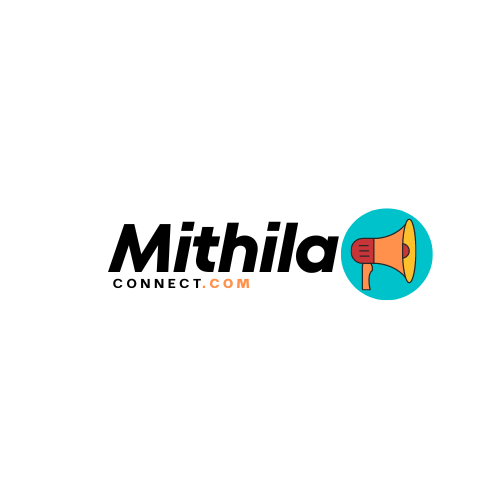

In today’s digital era, social media has become an integral part of teenagers’ lives. It offers a platform for communication, self-expression, and exploration. However, like any other tool, social media comes with both advantages and disadvantages. Discover pros and cons of social media for teens, analyzing its benefits and potential drawbacks, as well as exploring ways to navigate this digital landscape effectively.
The Benefits of Social Media for Teens
Enhanced Communication and Connectivity
Social media provides a myriad of communication channels that enable instant messaging, video calls, and connecting with friends and family members. Through platforms like Facebook Messenger, WhatsApp, or Snapchat, teens can stay connected with loved ones regardless of geographical distances. Additionally, social media offers online support groups and communities where teenagers can find solace, guidance, and share experiences with like-minded individuals.
Educational Opportunities
One of the notable benefits of social media is the vast educational resources it offers. Teens can access a wealth of information, articles, tutorials, and educational videos, expanding their knowledge and broadening their horizons. Online learning platforms and courses, such as Khan Academy or Coursera, provide opportunities for self-paced learning and acquiring new skills. Social media also facilitates collaboration and knowledge-sharing among students, fostering a sense of community and intellectual growth.
Creative Outlet and Self-Expression
For artistic and creative teenagers, social media serves as a powerful platform to showcase their talents, hobbies, and creative projects. Photography enthusiasts can share their captivating shots on platforms like Instagram, while aspiring writers can connect with writing communities on platforms like Wattpad or Medium. Moreover, social media offers opportunities for building a personal brand, allowing teens to express their individuality and develop a digital presence that aligns with their passions and aspirations.
Cultural Awareness and Global Perspective
Social media connects people from diverse cultures and backgrounds, breaking down geographical barriers and facilitating cross-cultural interactions. Teens can broaden their understanding of the world, engage in conversations with individuals from different countries, and gain insights into various perspectives. This exposure to cultural diversity fosters empathy, acceptance, and a global mindset, preparing teens for a more interconnected world.
The Drawbacks of Social Media for Teens
Negative Impact on Mental Health
While social media offers numerous benefits, it also poses risks to teenagers’ mental well-being. Constant exposure to carefully curated online personas can trigger comparison and self-esteem issues among vulnerable individuals. Additionally, cyberbullying and online harassment have become prevalent problems, leading to emotional distress and even long-lasting psychological effects. Moreover, the fear of missing out (FOMO) can induce anxiety and feelings of inadequacy, as teens witness their peers’ seemingly perfect lives through the lens of social media.
Time Consumption and Productivity Loss
One of the significant drawbacks of social media is its potential to consume excessive amounts of time. Teens may find themselves endlessly scrolling through feeds, watching videos, or engaging in online discussions, often neglecting their academic responsibilities and personal goals. Excessive screen time not only hampers productivity but also disrupts sleep patterns, leading to fatigue and decreased cognitive functioning.
Privacy and Security Concerns
The digital realm raises concerns regarding privacy and security, and social media is no exception. Teens often share personal information online without fully comprehending the potential consequences. Data breaches, identity theft, and online scams are real threats that teenagers should be aware of. Moreover, online predators may exploit vulnerable individuals, highlighting the need for caution and protective measures when using social media platforms.
Unrealistic and Filtered Representation of Reality
Social media platforms are known for promoting idealized versions of life, often distorting reality. Influencer culture and the pursuit of unattainable beauty standards can significantly impact teenagers’ self-perception and body image. Moreover, the prevalence of misinformation and fake news on social media can contribute to a skewed understanding of current events and undermine critical thinking skills. It is crucial for teens to develop media literacy and approach online content with a discerning eye.
Parental Involvement and Monitoring
To ensure the safe and responsible use of social media, parents play a pivotal role in guiding their teenagers’ online experiences. Open communication and setting boundaries are vital in establishing a healthy digital relationship. By discussing the benefits and potential risks of social media, parents can establish rules and guidelines that align with their family values while encouraging their teens to develop critical thinking skills and digital literacy. Building trust and maintaining an ongoing dialogue with teenagers enables them to seek guidance and support when needed.
Utilizing Parental Control Tools
Parental control tools can assist parents in monitoring and managing their teens’ social media activities without invading their privacy completely. These tools allow content filtering and restrictions, ensuring that teens are exposed to age-appropriate and safe content. Additionally, monitoring online activities helps parents identify potential risks, such as cyberbullying or inappropriate interactions, and take necessary measures to protect their children. However, it is crucial to strike a balance between supervision and respecting teens’ need for autonomy and personal space.
The Takeaway
Social media holds undeniable benefits for teenagers, offering connectivity, educational resources, creative outlets, and exposure to diverse perspectives. Fostering open communication, parental guidance, and digital literacy, teens can navigate the world of social media with caution, maximizing its advantages while minimizing the risks.

Welcome to MithilaConnect, where we curate the art of living, celebrating the vibrant tapestry of life through culture, fashion, food, and everything in between.
